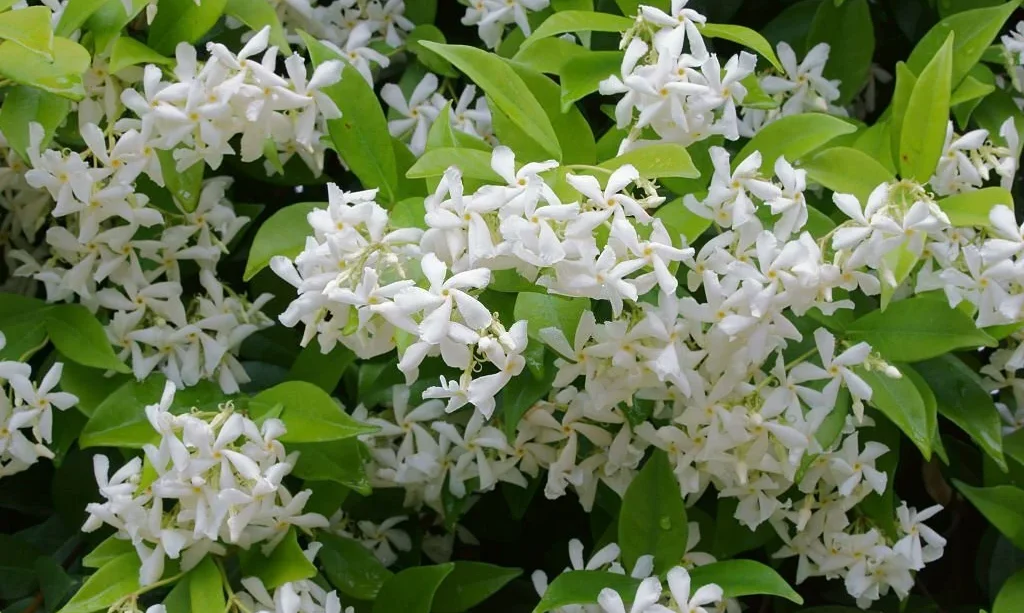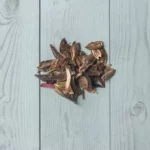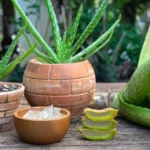Today, we’re talking about a plant as beautiful as its name sounds – Jasmine. Known for their intoxicating fragrance and stunning blooms, Jasmine plants add an ethereal beauty to any garden. One of the most captivating aspects of Jasmine is their color, which plays a significant role in their charm. So, let’s embark on this color-filled journey and learn more about these fantastic plants.
- 🌱 live Confederate Jasmine is a beautifully-fragrant, Jasmine vine incredibly easy to grow and maintain
- 💚 This plant features cascading lime-green foliage with pale, pinwheel flowers that release a heavy spring aroma
- 🌞 Jasmine plants love the sun and would enjoy a spot in the landscape that receives full sun and partial shade throughout the day
- 🌳 mature Height: 10-12ft | mature width: 4Ft, Confederate Jasmine is easy to manipulate with garden steaks, garden wire, or plant clips
- 💪 This hardy vine is easy to shape along fence-lines, Trellises, mailboxes, benches, walls, decks, gazebos, and hand-rails
Types of Jasmine
Jasmine plants come in a rainbow of varieties, each with its own unique personality. While they all share the name ‘Jasmine’, their appearances can vary significantly.
- Common Jasmine: Known scientifically as Jasminum officinale, this type is probably the one that first comes to your mind. It’s a climbing plant, famous for its sweet scent and starry white flowers.
- Winter Jasmine: Jasminum nudiflorum, or Winter Jasmine, is a hardy variant that brings a pop of color to winter landscapes. Its yellow flowers are a joyful sight amidst the winter gray.
- Star Jasmine: Also known as Trachelospermum jasminoides, Star Jasmine isn’t a true Jasmine. However, it’s earned its place in the family due to its similar small, white, star-shaped flowers and sweet scent.
Color of Jasmine Flowers
When it comes to the spotlight, Jasmine flowers steal the show. Their colors are truly the stars of the plant.
- Classic White: Many Jasmine flowers, like those on Common Jasmine and Star Jasmine, are pure white – a color often associated with elegance and simplicity. These bright blooms contrast beautifully against their green foliage, making them a stunning sight to behold.
- Cheerful Yellow: Winter Jasmine, on the other hand, boasts vibrant yellow flowers that glow like little suns in the heart of winter. They’re a delightful exception to the white Jasmine flower rule.
Each variety of Jasmine brings its own color to the world, adding to the plant’s charm and allure. So, let’s keep exploring the hues of this beautiful plant.
- 🌱 live Confederate Jasmine is a beautifully-fragrant, Jasmine vine that comes with easy to use plant food
- 💚 This plant features cascading lime-green foliage with pale, pinwheel flowers that release a heavy spring aroma
- 🌞 Jasmine plants love the sun and would enjoy a spot in the landscape that receives full sun and partial shade throughout the day
- 🌳 mature Height: 10-12ft | mature width: 4Ft, Confederate Jasmine is easy to manipulate with garden steaks, garden wire, or plant clips
- 💪 This hardy vine is easy to shape along fence-lines, Trellises, mailboxes, benches, walls, decks, gazebos, and hand-rails
Color of Jasmine Leaves
Next up in our color exploration – the leaves. They might not be as flashy as the flowers, but they play a crucial role in the plant’s overall look.
- Lush Green: The leaves of most Jasmine plants are a rich, vibrant green, often creating a lush backdrop for the stunning blooms. Their glossy sheen can add a touch of sparkle to your garden.
- Changing Hues: Some Jasmine plants may experience leaf color changes due to seasons or health conditions. For instance, leaves may turn yellow if the plant isn’t getting enough water or nutrients.
Color of Jasmine Stems
Last, but not least, let’s talk about the Jasmine stems. They’re the unsung heroes, providing vital support to the plant.
- Sturdy Browns: The stems of a Jasmine plant are typically a sturdy brown color. They act as the robust and resilient framework that holds up the starry flowers and glossy leaves.
- Color Tells a Story: Just like leaves, stem color can also indicate the plant’s health. A healthy stem maintains a brown hue, but if it turns black or mushy, it might be a sign of disease or rot.
Remember, every color in a Jasmine plant – from the flowers and leaves to the stems – adds to its unique beauty and tells a fascinating story of nature.
Factors Influencing Color Variation in Jasmine
Just like us, Jasmine plants can be influenced by their surroundings. Several factors can impact their color:
- Light: Jasmine plants love sunlight, but too much direct light can cause leaf color to fade or even turn yellow.
- Water and Nutrients: Inadequate water or nutrients can also cause a Jasmine plant to lose its vibrant green color, resulting in yellow leaves. So, make sure your Jasmine gets enough hydration and plant food!
- Temperature: Extreme temperatures can impact the color of your Jasmine plant too. Cold weather, especially, can dull the vibrancy of your plant’s green hues.
- 🌱 PERFECT BLEND OF NUTRIENTS – Give your succulent plants everything they need to grow up healthy! Our 3-1-2 liquid concentrate has all of the essential nutrients that your plants crave.
- 🌱 MIX WITH WATER – Designed to blend with water to provide a single application to use every other watering cycle. 1-2 tsp per 8 cups water.
- 🌱 SUITABLE FOR ALL VARIETIES – You can use our fertilizer on just about any kind of succulent plant. It’s great for seedlings and mature plants alike.
- 🌱 SPECIALLY DESIGNED PREMIUM FORMULA – Special blend enables maximum absorption for plant growth and vitality.
- 🌱 DURABLE PACKAGING – This liquid concentrate comes in a sturdy, 8 oz sealed bottle. Store it in a safe, dry place and you can count on it to stay in great condition for a long time to come.
Conclusion
And there we have it! A tour of the color palette of a Jasmine plant. From pure, bright white flowers to lush, glossy green leaves, and sturdy brown stems, each color adds to the appeal of this beloved plant. By understanding the factors that can influence these colors, you’ll be better equipped to keep your Jasmine vibrant and healthy. Remember, the beauty of Jasmine lies not just in its stunning hues, but in the joy it brings to our gardens and homes. So, keep exploring and enjoying the wonderful world of Jasmine!







